“…a bunch of rocket scientists”
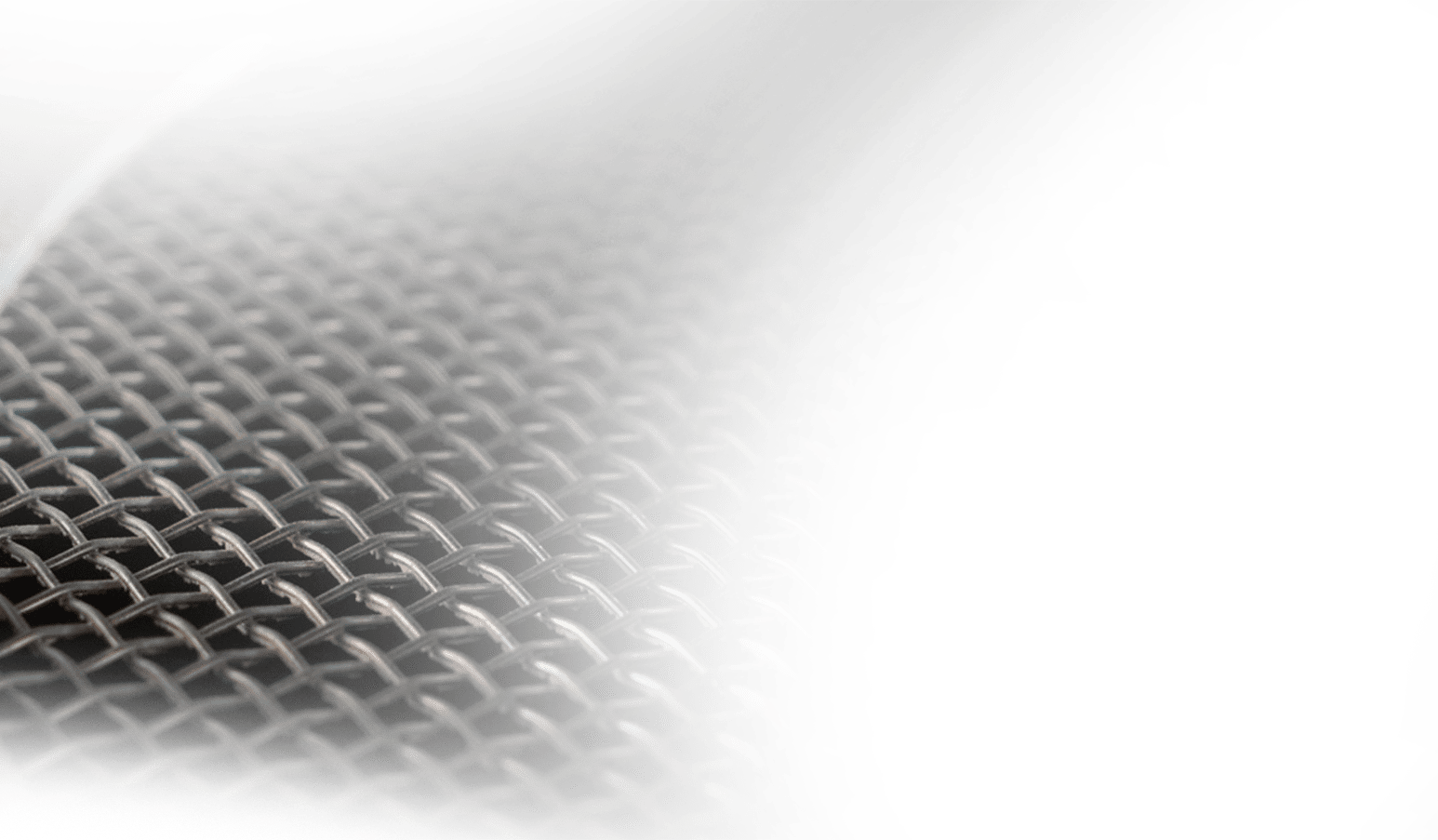
We are a group of Adventurous, Grounded, Skilled and forward-thinking Whisky Makers
We are a Fife distillery that builds on malt whisky tradition, while actively exploring and pushing the limits of Scotch whisky. From grain to bottle, we take an innovative approach to flavour, and engineer our whiskies with a strong purpose: to excite palates.
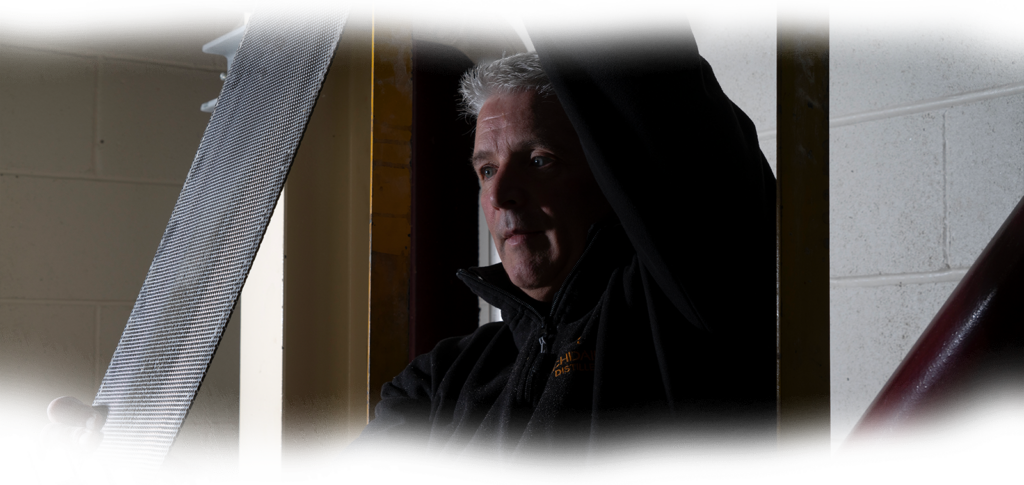

DONE DIFFERENTLY
BUILT TO PUSH THE BOUNDARIES OF FLAVOUR
The InchDairnie Distillery was literally built around our mash filter. It was installed before the walls and roof went up. The unusual system allows us to extract not only more flavour but also more sugar, and it can handle a variety of grain types. However, it requires a different style of milled grain than standard mash tuns. For that reason, we have a hammer mill.
Hammer mill, not roller mill
While whisky distilleries traditionally use roller mills, InchDairnie Distillery instead employs a hammer mill which almost pulverises the grain and allows it to pass through a metal sieve at the bottom of the mill. The conversion from starch to sugar begins in our Mash Conversion Vessel before being passed onto the mash filter.
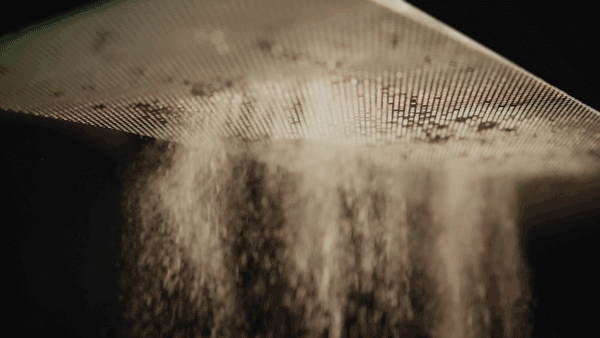
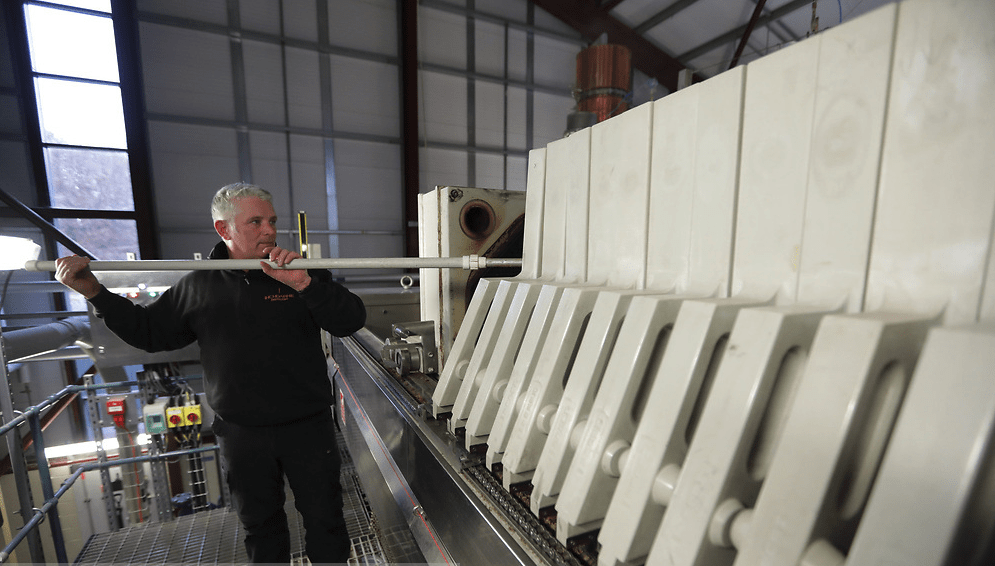

PART OF OUR DNA
MASH TUN VERSUS MASH FILTER
Traditionally mash tuns are used in Scottish distilleries – a type of vessel where the wort (sugar water from the malted barley) is extracted through gravity.
At InchDairnie Distillery, a mash filter is part of our DNA. Inside it, membranes can squeeze the sugary liquid through filters resulting in a higher yield (more efficient) and crucially more flavour extraction for greater complexity. As such, InchDairnie Distillery has high gravity wort, meaning the sugar water is more concentrated than normal – which translates into, when time comes to fermentation, more flavour compounds, esters, are created.
In addition, the mash filter can handle many types of grain, which would clog a standard mash tun, thus allowing for innovation. Rye being one of them. InchDairnie Distillery also uses the challenging winter barley in the autumn and winter distillations, has distilled both wheat and oats and even made a batch of sour mash extra estery distillate.
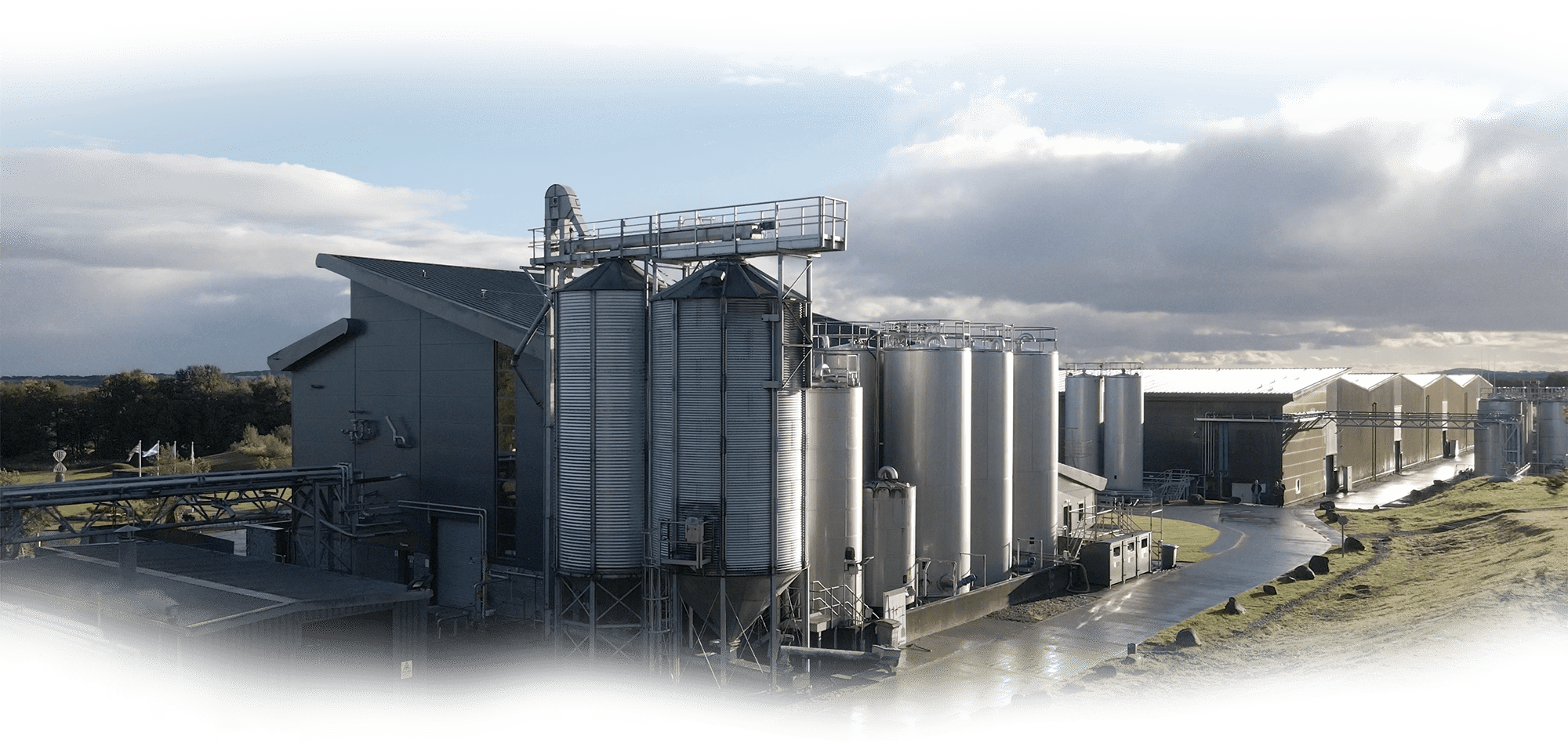

HELPED ALONG BY THE FIFE CLIMATE
OUTDOOR FERMENTATION
Fife’s climate affects the fermentation process, as this takes place in outdoor fermenters (washbacks), using a variety of specific yeasts to convert the sugars into alcohol. The Distillery uses different yeasts at different times of the year depending on the season and the type of grain being prepared for distillation.
Distillation
After 60 hours of fermentation, the wash (or beer) is preheated using waste heat while on its way to the wash still. When in the still, it is heated with steam until it boils. This steam passes through a thermal vapour re-compressor which recycles 35% of the heat back in to the still. After the first distillation, the ‘low wines’ has reached a strength of approximately 25% before it continues to the second distillation.
InchDairnie has two copper pot stills, a wash still and a spirit still, both unusually fitted with two condensers instead of one. This is for two reasons: reusing energy and enhancing flavour – as more copper contact results in further removal of sulphury compounds.
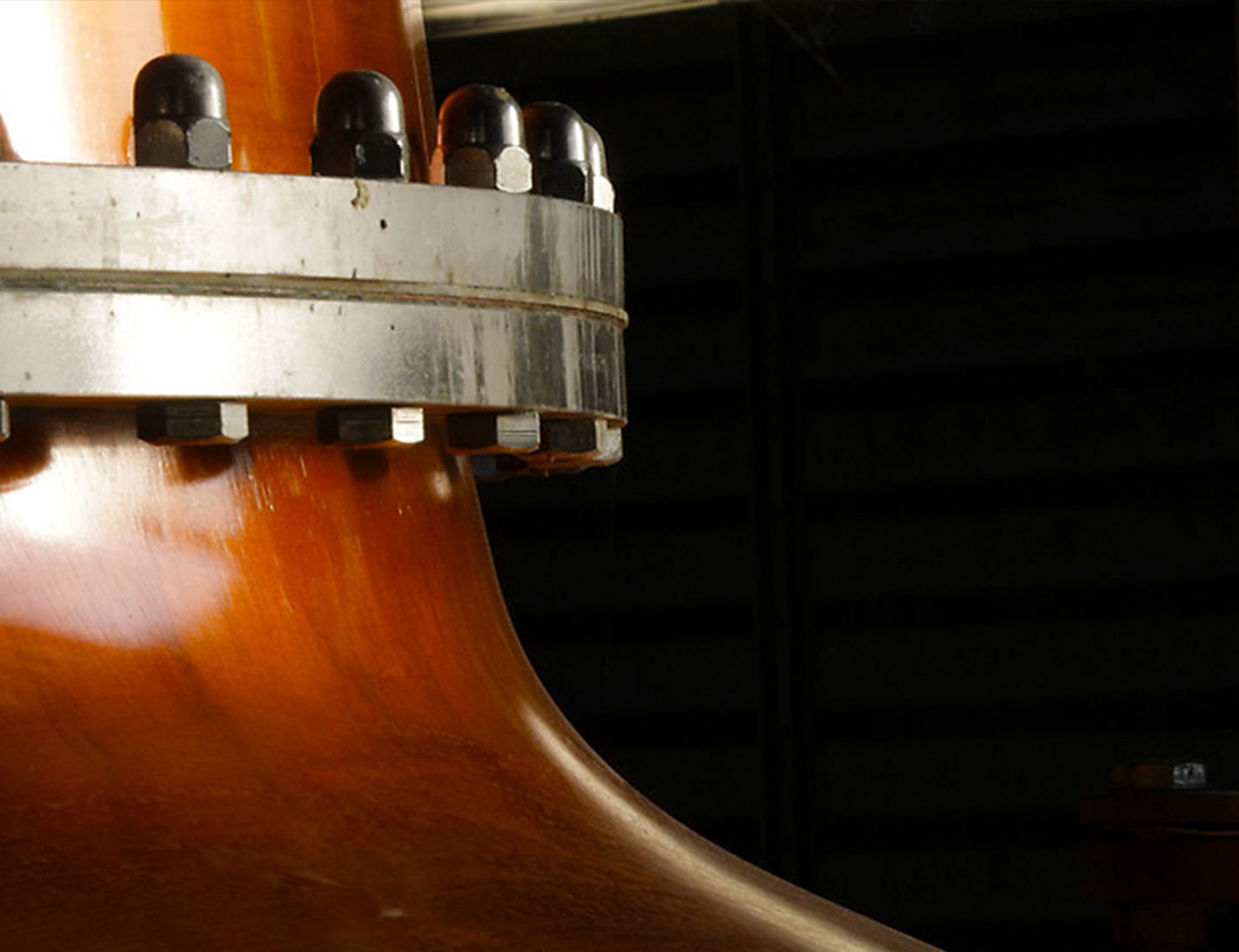
“InchDairnie is quietly establishing itself as a centre of innovation”
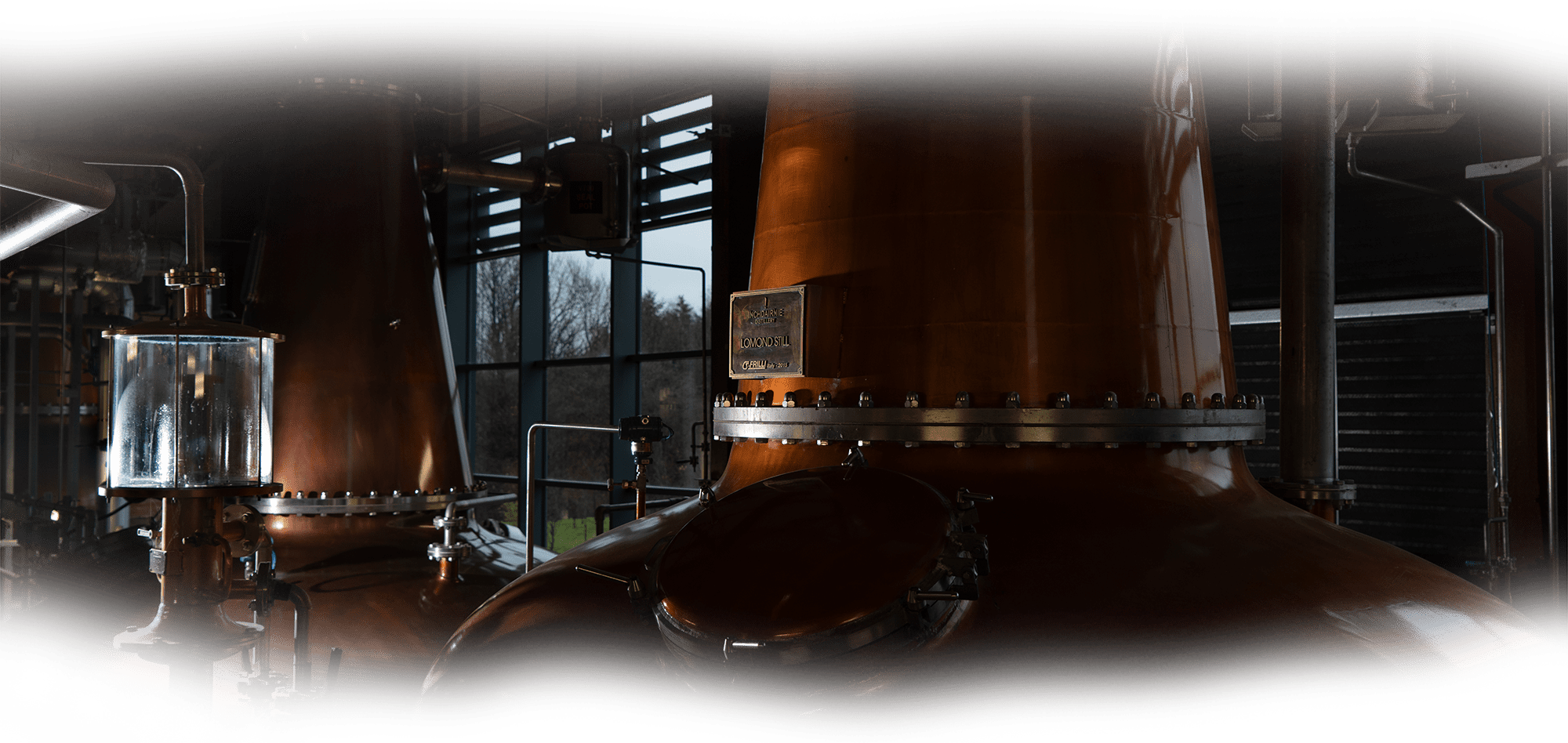
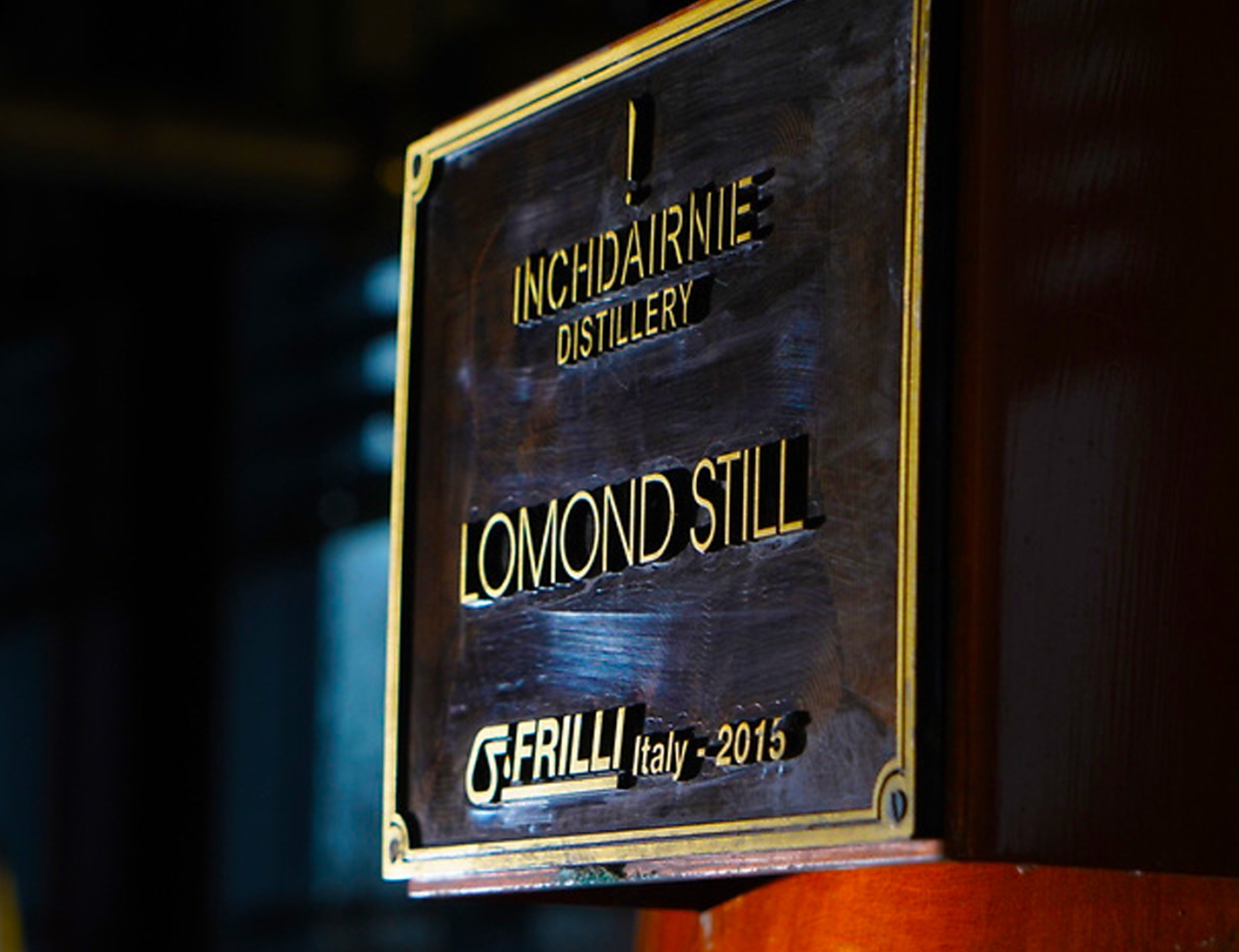

THERE’S MAGIC INSIDE
LOMOND HILL STILL
A copper pot still to the naked eye, but inside its’ neck are six copper bubble cap plates, where tiny vapourisations and condensations can take place. This is the Lomond Hill still, named after the hills which overlook our Distillery, and made specifically for InchDairnie by Italian manufacturer Frilli.
The Lomond Hill still is used for precision distilling of grains such as rye, wheat and oats, but is not used in the day to day production of InchDairnie’s single malt. It allows us to locate the point of the optimum flavour and collect the spirit at that specific strength.
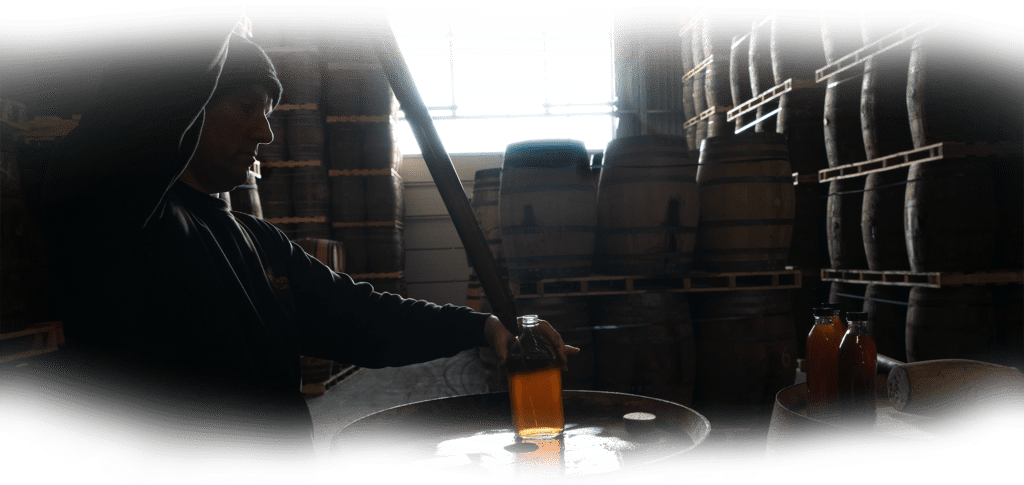

A TRUE TIME MACHINE
MATURATION
“After distillation, we mature our whisky in a range of different casks, always on site at our Distillery in Fife. We use 1st and 2nd fill bourbon barrels from the USA, while from Spain we opted to go outside the Jerez (sherry) district to find wines made with the PX grape. This grape creates sweeter more intense wines and although not commonly found in Jerez, it grows particularly well in the Montilla area where the Rodriguez family cooperage build our casks. Our casks are not the usual size of 500 litres, but instead 250 litres for the perfect ratio of both wine to cask and spirit to cask. The main oak is American, although together we do also source oak from other parts of the world. The majority of the Rodriguez casks are filled with fortified local wine from Bodegas Navvaro, which stays in the casks for 12-14 months. We selected Palo Cortado, Fino, Amontillado, Oloroso, PX and Moscatel and have also picked red wine casks from a select few wineries.
RyeLaw Vintage 2017, the first ever release from InchDairnie Distillery is only matured in new charred oak casks from Speyside Cooperage Inc., in Ohio. Each year, a new RyeLaw Vintage will be released along with a peated Single Malt, KinGlassie due in 2025 and InchDairnie Single Malt in 2029.”
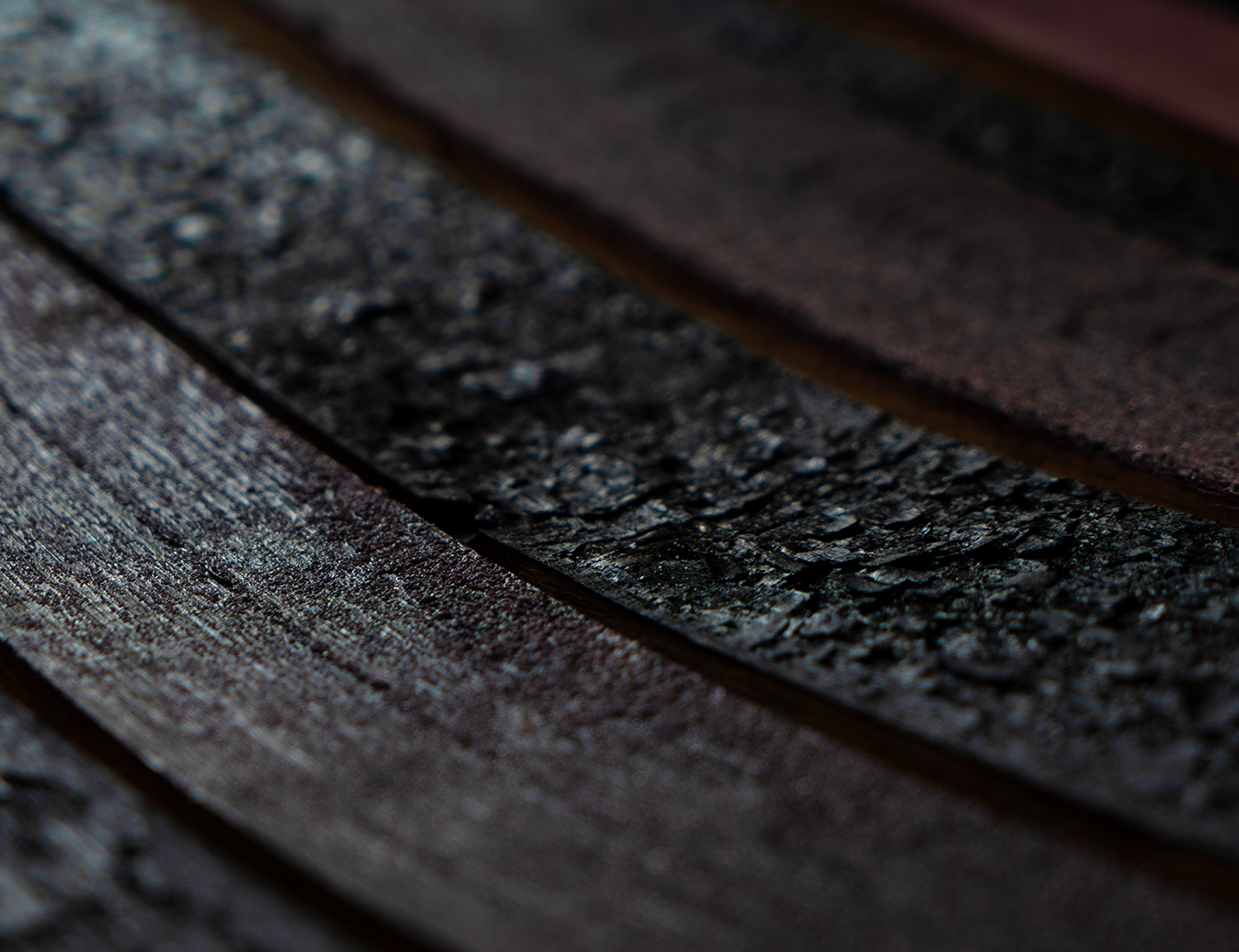
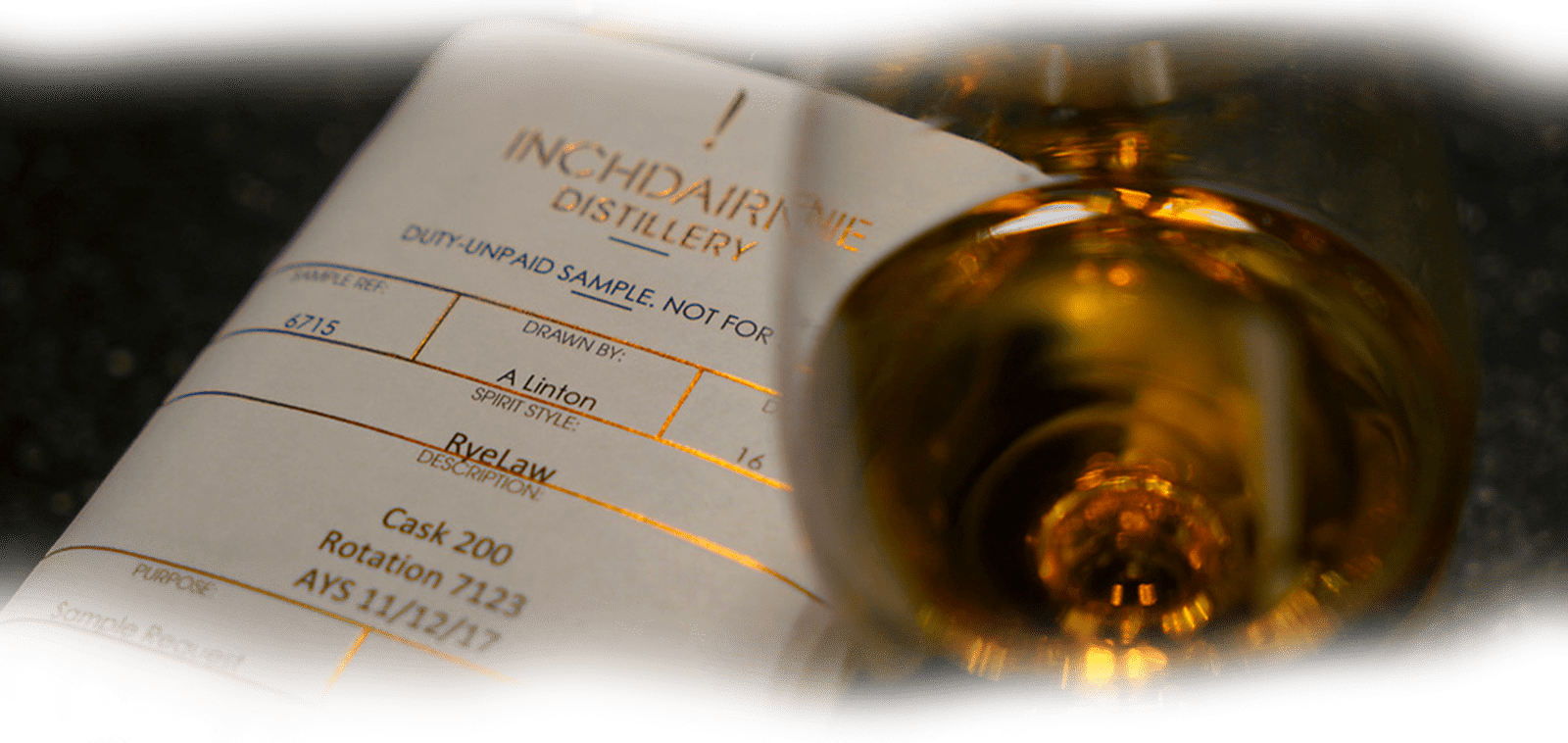
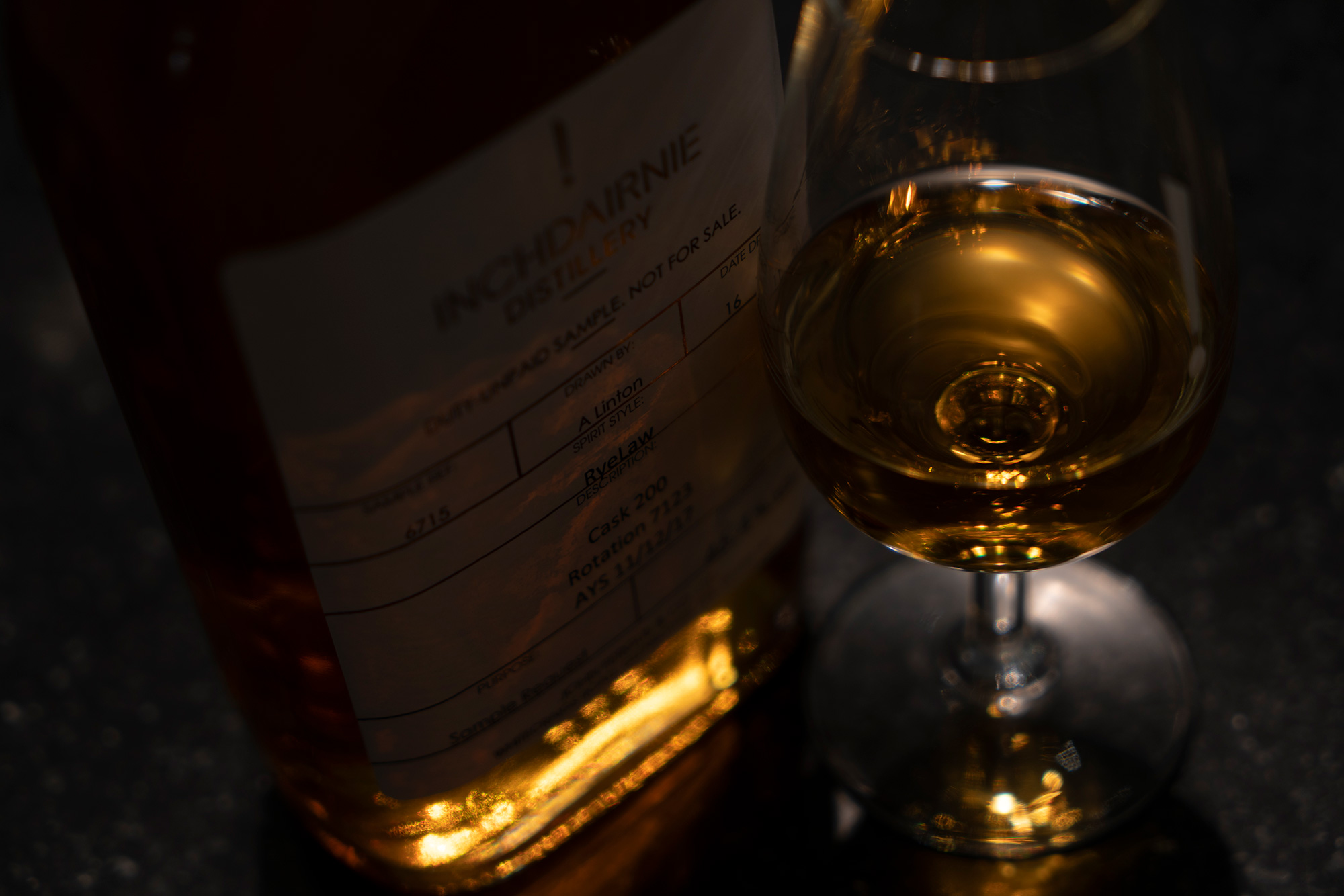

SEASONS CHANGE SO DOES OUR APPROACH
SEASONAL AND VINTAGE
Unusually InchDairnie Distillery distils a number of different distillates throughout the year. For just two weeks per year we distil our rye whisky RyeLaw, while a week is reserved only for trials and ‘firsts’; one-off distillation campaigns such as oats, wheat, 6-row barley, sour mash etc. These will be bottled under the PrinLaws Collection name.
For about a week to ten days each winter we also distil a peated single malt, KinGlassie, which will be launched in 2025.
InchDairnie Single Malt will be launched in 2029 as a Vintage. The first Vintage will be 2016. Each year a new vintage bottling will be released.
Why Vintage? Because InchDairnie Distillery does not just create one type of distillate. There are fluctuations in the seasons meaning we have four different seasonal distillates, Spring, Summer, Autumn and Winter which together will form a very complex InchDairnie Single Malt. There are fluctuations in the fermentation every season, not only because each season has its own unique yeast recipe, but also because the fermentation takes place in wash backs (fermenters) placed outdoors which are influenced by the temperature.
In addition, spring barley is used for the Spring and Summer distillates while winter barley that is rarely used for Scotch whisky is the foundation of the Autumn and Winter distillates. All four seasons mature in a variety of casks to enhance their seasonal attributes. Twelve years later, we select casks and marry these together to form a uniquely complex single malt from one specific year – a vintage single malt from one single Distillery.
